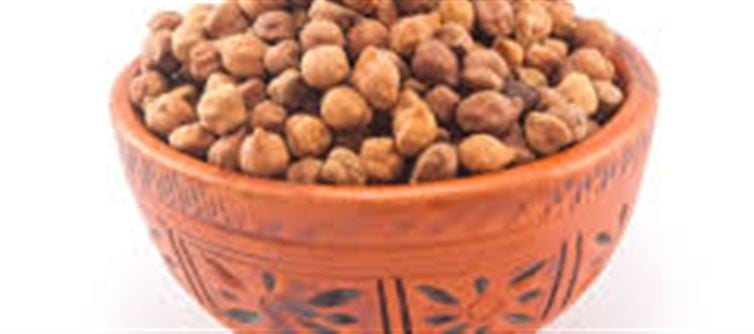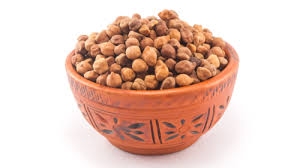
Roasted and soaked chana (chickpeas) are both healthy, nutrient-dense snacks, but they offer slightly different benefits depending on how they’re prepared. Roasted chana, often consumed as a crunchy snack, is rich in protein, fiber, and low in fat, making it a filling and convenient option for people trying to manage weight or blood sugar. It is also shelf-stable and easy to carry, which adds to its appeal for busy lifestyles.
On the other hand, soaked chana—especially when soaked overnight—has slightly higher bioavailability of nutrients. Soaking helps reduce antinutrients like phytic acid, which can interfere with the absorption of minerals like iron, zinc, and calcium. Soaked chana also becomes easier to digest, which is beneficial for those with sensitive stomachs or digestive issues. It retains water, which can aid hydration and reduce bloating compared to dry-roasted options.
When comparing the two, soaked chana tends to be more nutrient-absorbable and gentler on the digestive system, while roasted chana is more convenient and has a longer shelf life. However, roasted chana may be slightly lower in certain vitamins due to heat exposure during processing. Also, some packaged roasted chana may contain added salt or preservatives, so it's best to choose plain or lightly roasted versions without additives.
In terms of overall health benefits, both are great choices. If you're looking for a snack with high protein and crunch, go for roasted chana. If you want better digestion and mineral absorption, soaked chana is ideal. Including both in your diet in moderation can help you enjoy the benefits of each.
Disclaimer: This content has been sourced and edited from Indiaherald. While we have made adjustments for clarity and presentation, the unique content material belongs to its respective authors and internet site. We do not claim possession of the content material.




 click and follow Indiaherald WhatsApp channel
click and follow Indiaherald WhatsApp channel